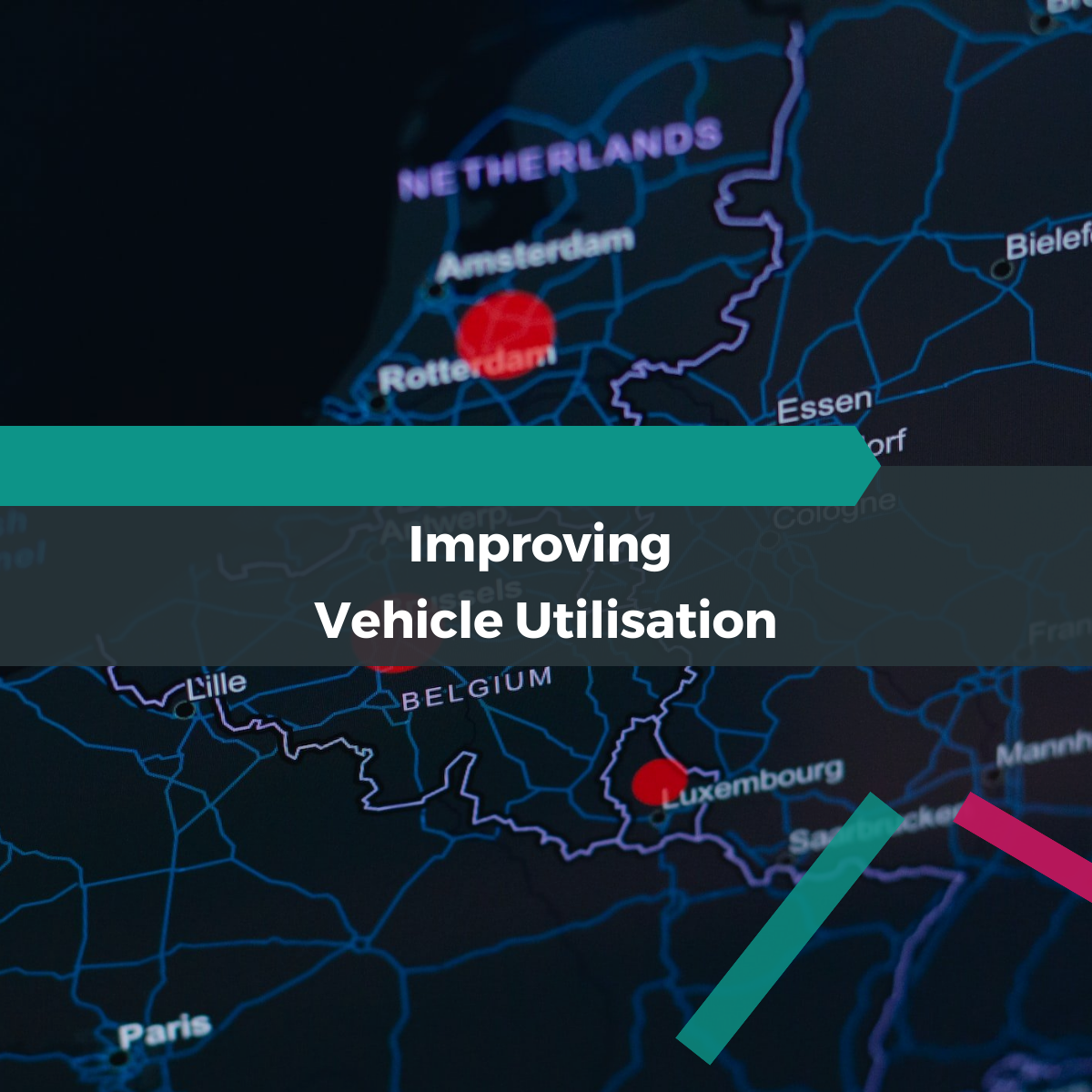An Ageing Workforce, Driver Shortages and a Modern Solution.

Integrating tech to secure supply chain resilience
Driver shortages have been a headline topic in the UK since Brexit; however, it is a concern that is extended across the whole of Europe, according to data from The International Road Transport Union (IRU).
According to last year's global driver shortage report, truck driver shortages across Europe (including the UK) exceeded 380,000. Accounting for 9.7% of demand.
The fear is that this number is not expected to get better without serious intervention, with the report also outlining the number of drivers that are closer to retirement vastly outnumbering those entering the industry.
While it is an issue faced globally, it is the most prevalent in the EU (and the UK), with the region recording 34% of HGV drivers above the age of 55, the largest percentage globally.
According to the Chartered Institute of Logistics, the average age of a driver in the UK is 51.
A mere 7% of drivers throughout the EU fall into the under-25 age group, and it is estimated that the UK's numbers are less than 2%. A prominent factor is insurance for young drivers being difficult to obtain or at a higher cost to the company.
Even so, the number of drivers under 36 isn’t necessarily high either, with approximately 20% of drivers falling into this group (this was 16% lower than the average total working population for this age group).
The data suggests that Europe's truck drivers are ‘ageing-out’ and is indicative of larger shortages to come if no action is taken.
Attracting people into the industry is challenging. According to operators surveyed (for the IRU report), the main measures that governments could take to address the shortages are; improving working conditions, improving the image of the profession and facilitating access to professional training.
(Improving these things specifically would also assist with attracting women to the profession, with only 3.2% (EU including UK) of truck drivers being women).
It is evident that a multi-faceted approach is required to combat the driver shortage crisis, another option is to address the inefficiencies we currently see in the industry.
A staggering 1 in 3 lorries on UK roads are empty, and the average pallet fill for a vehicle is only 62%.
If we were to implement technology into supply chains in order to gain true visibility we would have actionable data that could drive improvements in areas such as vehicle optimisation, routing and driver capacity (among many others).
Improving resource utilisation within our industry has the potential to alleviate substantial pressure from the growing driver shortage, meaning it may not be as critical as expected.
So, is it time to think critically about integrating tech into our supply chains?
































